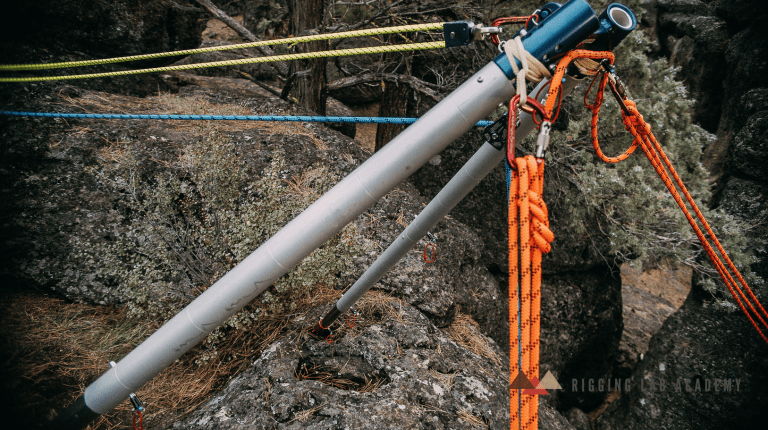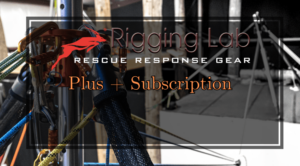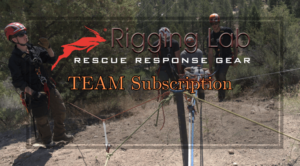Excerpts from The Arizona Guidebook
IT IS VITAL THAT THE USER BE ABLE TO DETERMINE THE DIRECTION AND THE MAGNITUDE OF THE FORCES ACT-
ING ON THE FRAME. THE FRAME NEEDS TO BE ASSEMBLED, HOBBLED, GUYED AND OPERATED TO RESIST ALL FORCES WITHOUT ANY MOVEMENT OF THE FRAME AND ASSOCIATED EQUIPMENT.
RECOMMENDATIONS FOR SETUP
We highly recommend training for the assembly portion of the Vortex in a safe environment where all participants can concentrate on the relevant tasks.
-
Whenever possible, set up the Vortex away from the fall hazard zone, then walk it to the edge.
-
Take measures to prevent the Vortex from toppling over the edge during setup and rigging. This may include
attaching a secured tether cord to the head or leg and/ or placing the frame on belay while it is being moved
and secured into position.
Anchor Frame – Where the rope supporting the load is terminated on to the vortex
Directional Frame – Where the rope supporting the load is not terminated onto the Vortex, but rather is redirected through a pulley which is supported by the Vortex.
Determine the magnitude and direction of the applied force:
- Planned movements of the load.
- Foreseeable unplanned movements of the load.
The head and the feet of the frame will tend to move if not restrained.
The feet are secured to prevent any movement of the feet and the frame.
The head of the frame is typically secured using guys. The guys give strength and rigidity to the frame.
Ensure guy/guy plane angles are:
- Not less than 30°
- Not less than the applied force angle










7 thoughts on “General Guidelines To A Successful Operation of the Arizona Vortex Multipod”
952663 904734Perfectly written topic material , thanks for selective information . 593788
255333 668899Aw, this was a truly good post. In concept I wish to put in writing like this additionally ?taking time and actual effort to make an exceptional article?nonetheless what can I say?I procrastinate alot and by no indicates seem to get something done. 42624
Fastidious answers in return of this query with firm arguments
and telling everything about that.
A big thank you for your post.Really thank you! Much obliged.
You made some respectable points there. I looked on the internet for the issue and located most people will go along with with your website.
500323 139099I always visit your weblog and retrieve everything you post here but I never commented but today when I saw this post, I couldnt stop myself from commenting here. Fantastic post mate! 251530
Spot on with this write-up, I really suppose this website needs rather more consideration. I’ll most likely be once more to learn much more, thanks for that info.
Comments are closed.